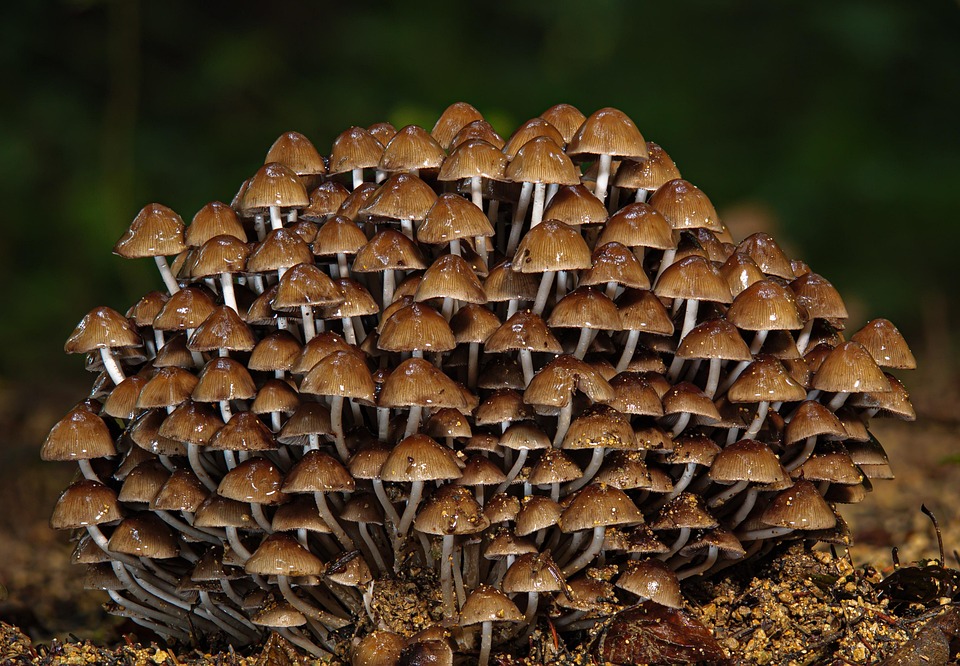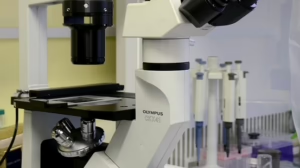Pollinators at Risk: The Critical Role of Bees in Our Ecosystem
Pollinators are a vital link in the chain of life, playing an essential role in maintaining healthy ecosystems and supporting agricultural productivity. Among these, bees—especially honeybees and native species—stand out as one of the most efficient pollinators. Despite their incredible contributions, bees face increasing risks that threaten their populations and, consequently, the stability of our environment and food systems.
The Importance of Bees
Ecological Contributions
Bees are responsible for pollinating over 75% of the world’s flowering plants, including a wide variety of fruits, vegetables, and nuts. This not only ensures the survival of plant species but also supports entire ecosystems. Many animals depend on these plants for habitat and food, creating a complex interdependence within ecosystems.
Agricultural Impact
In agricultural settings, bees contribute to the pollination of crops that make up a significant portion of our diets. From almonds to blueberries, the economic value of bees in agriculture is estimated to be in the billions of dollars annually. Their role in increasing crop yields and improving quality cannot be overstated, making them critical to global food security.
Threats to Bee Populations
Despite their critical role, bee populations are declining at alarming rates due to various factors:
Pesticides
The widespread use of chemical pesticides, particularly neonicotinoids, has been linked to bee mortality. These chemicals disrupt the neurological systems of bees, impairing their ability to forage and navigate. As pesticide exposure continues to increase, so does the risk to bee health.
Habitat Loss
Urbanization, agricultural expansion, and deforestation have led to significant habitat loss for bees. As natural habitats shrink, bees struggle to find food and nesting sites. This loss of biodiversity not only affects bee populations but also disrupts the intricate relationships within ecosystems.
Climate Change
Climate change poses another significant threat, altering the timing of flowering plants and disrupting the synchrony between plants and their pollinators. Extreme weather conditions, such as droughts and floods, further exacerbate these challenges, making it difficult for bee populations to adapt and survive.
Disease and Parasites
Honeybees, in particular, are susceptible to various diseases and parasites, such as the Varroa destructor mite. These pests weaken bee colonies, making them more vulnerable to other stressors. Disease outbreaks can decimate entire hives, leading to steep declines in bee populations.
The Call to Action
Addressing the decline of bee populations requires a multifaceted approach that involves individuals, communities, policymakers, and agricultural practices.
Supporting Biodiversity
Planting diverse flowering plants and native species in gardens and urban environments can provide crucial forage for bees. Creating bee-friendly habitats helps ensure their survival and encourages the flourishing of other wildlife.
Sustainable Agricultural Practices
Farmers can adopt sustainable practices, such as integrated pest management and organic farming, to reduce pesticide use. Crop rotation and planting cover crops also improve soil health and provide habitats for pollinators.
Policy Measures
Governments and organizations must implement policies that protect bee habitats and regulate pesticide use. Public awareness campaigns can educate communities about the importance of bees and foster support for conservation efforts.
Research and Monitoring
Investing in research to better understand bee behavior, health, and the impacts of environmental changes can provide valuable insights for conservation strategies. Monitoring bee populations enables timely and effective responses to threats.
Conclusion
Bees play a critical role in our ecosystems and food systems, but their populations are at risk. Through concerted efforts to protect their habitats, adopt sustainable agricultural practices, and implement effective policies, we can work together to ensure that bees continue to thrive. As stewards of the environment, it is our responsibility to safeguard these essential pollinators for future generations. The health of our planet—and ultimately, our survival—depends on it.
For more information on the critical role of bees and effective conservation strategies, click here.


























Add Comment